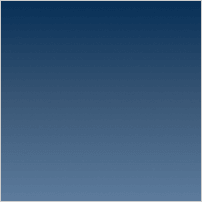Create a Password Protected ZIP
Have you ever wanted to put very basic security (a passphrase) on a file? You can do so if you ZIP the file -- let's have a look at how you can password-protect a ZIP file!
Creating a password protected ZIP file from command line is done so via the following command:
# zip -er {file name to be created} {source directory or file}
zip -er my-generated-file.zip source-file.rtf
When someone tries to unzip the file, they'll be prompted for a password.
Don't be under any illusion that a password makes the ZIP file too secure: ZIP files don't self-destruct after a given number of attempts so a brute force effort to crack the password would ultimately be effective. If you do, however, want a very basic level of security for the contents of a file, this command will get you there.
![CSS Gradients]()
With CSS border-radius, I showed you how CSS can bridge the gap between design and development by adding rounded corners to elements. CSS gradients are another step in that direction. Now that CSS gradients are supported in Internet Explorer 8+, Firefox, Safari, and Chrome...
![Animating CSS3 Transforms with MooTools Fx]()
![New MooTools Plugin: ElementFilter]()
My new MooTools plugin, ElementFilter, provides a great way for you to allow users to search through the text of any mix of elements. Simply provide a text input box and ElementFilter does the rest of the work.
The XHTML
I've used a list for this example...
![CSS :target]()
One interesting CSS pseudo selector is :target. The target pseudo selector provides styling capabilities for an element whose ID matches the window location's hash. Let's have a quick look at how the CSS target pseudo selector works!
The HTML
Assume there are any number of HTML elements with...



